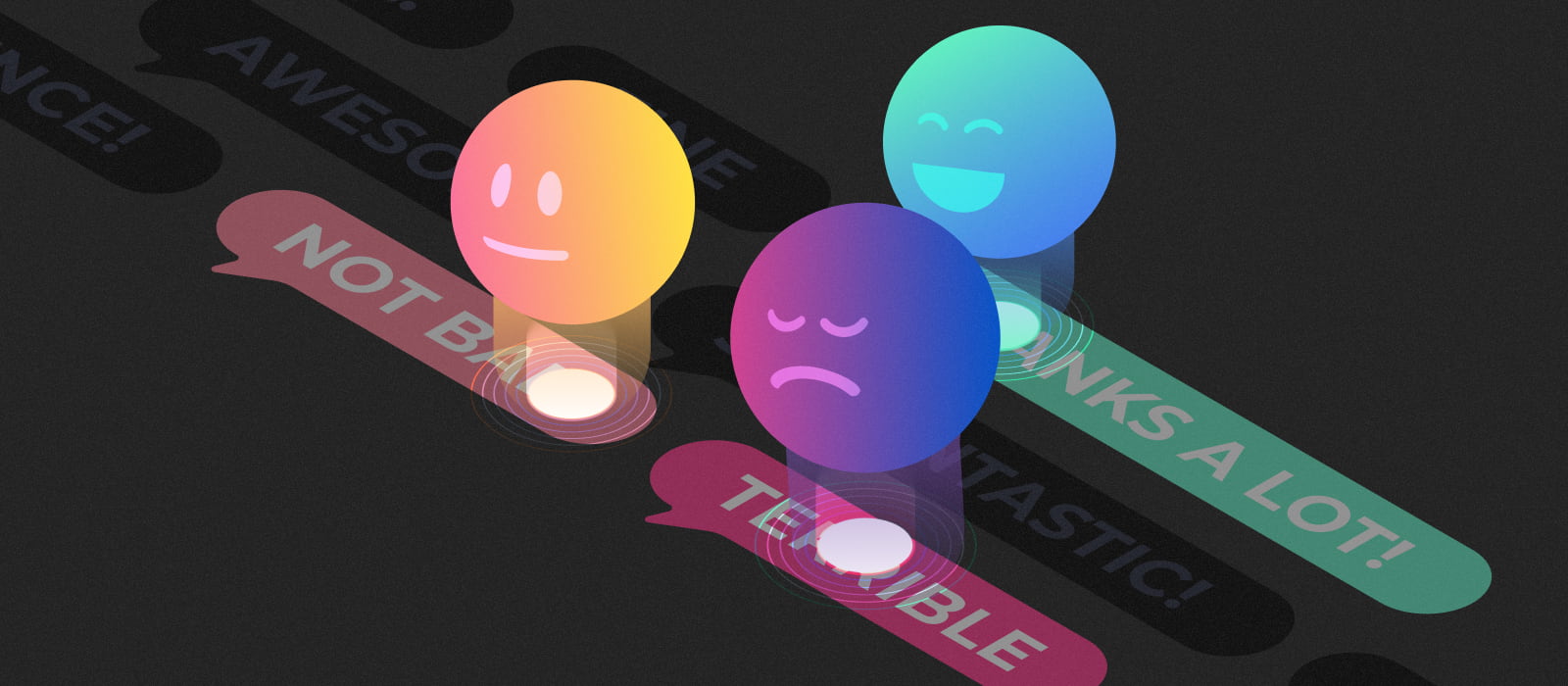In the age of digital transformation, data is abundant—but insight is rare. Every tweet, review, and comment offers more than just content—it offers emotion. This is where sentiment analysis comes into play. So, let’s ask the core question driving this blog: What is your understanding of sentiment analysis?
Whether you’re a business executive, marketer, analyst, or developer, gaining a clear understanding of sentiment analysis can significantly impact how you make decisions, shape strategies, and connect with your audience.
In this post, we’ll cover:
- What sentiment analysis means (and what it doesn’t)
- How it works in real-world applications
- Why it’s essential in 2025
- A detailed look at AIM Insights and its role in sentiment interpretation
- Challenges and best practices
What Is Your Understanding of Sentiment Analysis?

To begin shaping your answer to “What is your understanding of sentiment analysis?”, we must start with the basics.
Sentiment analysis, often called opinion mining, is a technique in Natural Language Processing (NLP) used to determine the emotional tone behind a body of text. It tells us whether the sentiment expressed is positive, negative, or neutral, and increasingly, what type of emotion is being conveyed.
This analysis helps machines “read between the lines” and understand human feelings from digital communication.
How Does Sentiment Analysis Work?
To grasp a deeper understanding of sentiment analysis, it’s useful to break it into steps:
1. Data Collection
Sources include:
- Social media
- Customer reviews
- Emails
- Surveys
- Chat logs
2. Text Preprocessing
This step involves:
- Removing irrelevant content (e.g., emojis, URLs)
- Tokenizing (breaking down into words/phrases)
- Lowercasing and stemming
3. Sentiment Classification
Common types include:
- Binary (Positive vs. Negative)
- Ternary (Positive, Negative, Neutral)
- Fine-Grained (Very Positive → Very Negative)
4. Analysis Methods
There are two major approaches:
- Machine Learning: Models learn from labeled data
- Lexicon-Based: Uses sentiment dictionaries (e.g., “happy” = +1, “angry” = -1)
The most advanced systems combine both.
Real-World Applications
Understanding sentiment analysis in practice gives this concept real meaning. Here’s how it’s being applied across industries:
E-commerce
- Analyzing product reviews to improve quality
- Monitoring customer satisfaction in real-time
Finance
- Gauging investor sentiment from news headlines or Reddit threads
Entertainment
- Tracking fan reactions to movie releases
Healthcare
- Extracting patient emotions from feedback forms
Politics
-
Evaluating public opinion during campaigns
Human Resources
- Mining employee feedback from surveys and exit interviews
If your business deals with language, your understanding of sentiment analysis can directly impact decision-making, user engagement, and brand loyalty.
Why Sentiment Analysis Matters in 2025
Let’s take this a step further: Why should you care now?
- Hyper-personalization is expected by today’s consumers
- Real-time decisions require real-time insights
- Brands are made—and broken—by public opinion overnight
By 2025, businesses that fail to understand digital sentiment are flying blind in a data-rich world.
AIM Insights: Leading the Way in Sentiment Analysis
No guide would be complete without a look at advanced tools—and one of the top platforms pushing boundaries is AIM Insights.
What Is AIM Insights?
AIM Insights is an AI-powered analytics platform that helps businesses go beyond basic sentiment scoring to extract emotional intelligence from unstructured text data.
If you’re asking “What is your understanding of sentiment analysis?” — AIM Insights helps move your answer from basic theory to actionable strategy.
What Sets AIM Insights Apart?
Contextual Understanding
- Understands how sentiment varies by topic and industry
- Avoids misinterpreting slang, sarcasm, or cultural nuances
Emotion Classification
Goes beyond “positive/negative” with emotion buckets like:
- Joy
- Fear
- Disgust
- Anticipation
- Trust
- Anger
Multilingual Capabilities
- Native support for dozens of languages
- Ideal for global brands with diverse audiences
Visual Dashboards
- Real-time sentiment tracking across platforms
- Heatmaps, trend lines, and alerts
Easy Integration
- Connects seamlessly with CRMs, BI platforms, and data warehouses
With AIM Insights, organizations can make emotion-driven decisions with confidence and clarity.
Challenges
Of course, even the best systems have limitations. A well-rounded understanding of sentiment analysis must include its pitfalls:
- Sarcasm & irony detection is still imperfect
- Domain-specific language (e.g., medical or legal) can skew results
- Mixed sentiment in one sentence can confuse models
- Multilingual slang and dialects present added complexity
Overcoming these requires continual model training, use of human-in-the-loop feedback, and tools like AIM Insights that adapt to context.
Best Practices for Accurate Sentiment Analysis
To improve your approach:
- Use hybrid models combining ML and lexicons
- Clean and label data effectively
- Customize sentiment models for your niche
- Validate findings with human feedback
- Incorporate emotion-level insights
These steps will evolve your answer to “What is your understanding of sentiment analysis?” from general knowledge to practical mastery.
If you want to move from understanding to implementation, it’s time to experience what AIM Insights can do for your business.
Request a free demo from AIM Technologies today and discover how real-time emotional intelligence can elevate your decisions, improve customer experience, and protect your brand.




